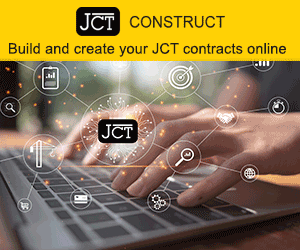Gas company SGN has teamed up with New York-based robotics experts ULC Technologies to test the technology after three years of development and funding from energy regulator Ofgem.
The Robotic Roadworks and Excavation System (RRES) is an all-electric autonomous robot which can carry out the entire end-to-end excavation process.
Equipped with a concrete cutting chainsaw, RRES can cut any shape into a road surface.
It does this by sensing the hardness of the surface and adjusting the cutting speed and strength of the chainsaw.
SGN has been developing a keyhole strategy for excavations in recent years to allow it to to carry out operations from above ground using specialist tooling, significantly reducing the size of the excavation needed.
The piece of road which is cut out can then be put back into the road at the end of the operation, helping SGN to reduce waste sent to landfill.
The robot was unveiled to stakeholders from across the country last week ahead of its first trial in the UK on SGN’s gas network in Epsom.
SGN Head of Innovation John Richardson said: “Typically, accurate robotic systems are found inside protected and controlled environments.
“RRES takes this technology into the field, mounting a robotic arm on a track to make the system mobile. It will help reduce risks to our engineers while providing them with new skills and state-of-the-art equipment.
“Any industry which needs to scan below ground and carry out deep excavations will benefit from RRES, including other utility companies and the construction and development sector.
“At SGN, we can potentially reduce the time taken for a typical gas repair job from days to hours, which is great news for our customers, colleagues and the environment.”
ULC Technologies Director of Infrastructure Automation and AI, Ali Asmari said: “Using a robotic arm on a mobile platform in an excavation environment will allow RRES to improve efficiency and worker safety by automating parts of the operation.
“The precision and repeatability of the robotic arm will provide highly accurate data to locate below ground assets and will help to identify the most strategic location to cut a keyhole excavation.”
RRES also uses supersonic air nozzles to agitate the soil, which is then removed with vacuum suction. The tool head uses sensors to detect any asset close to it avoiding damage and keeping field teams safe.






 MPU 300_250px.gif)







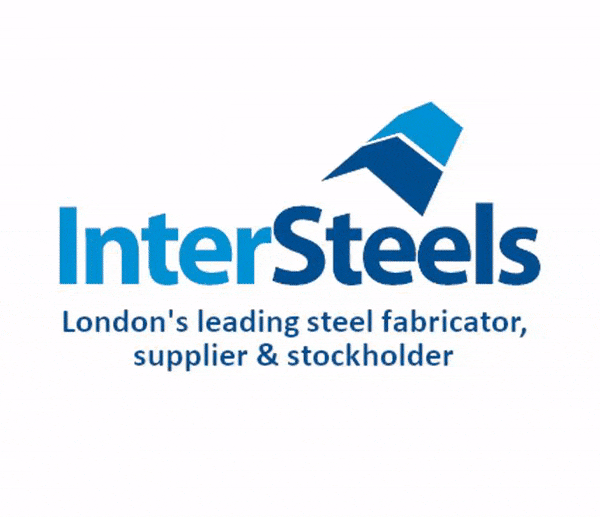

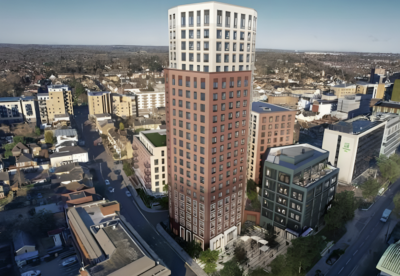






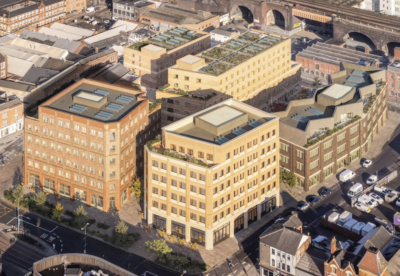
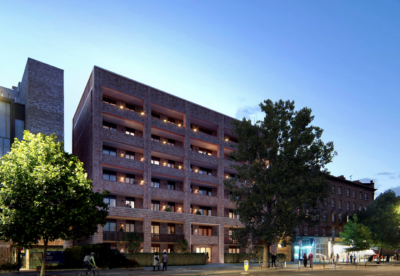






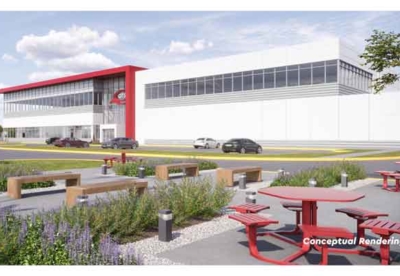


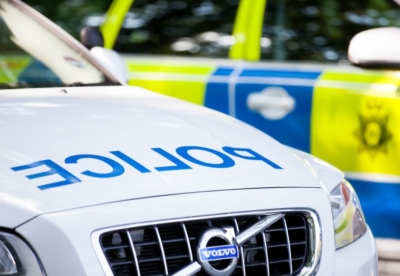









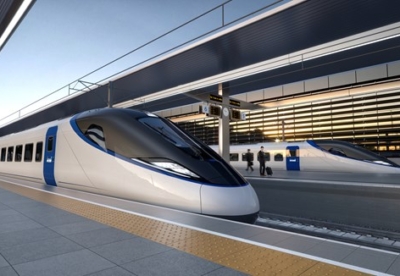
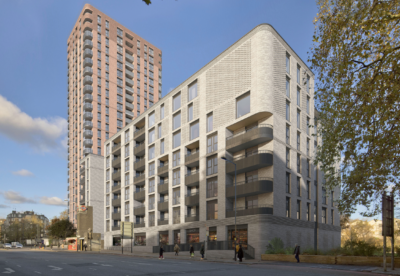





.gif)
